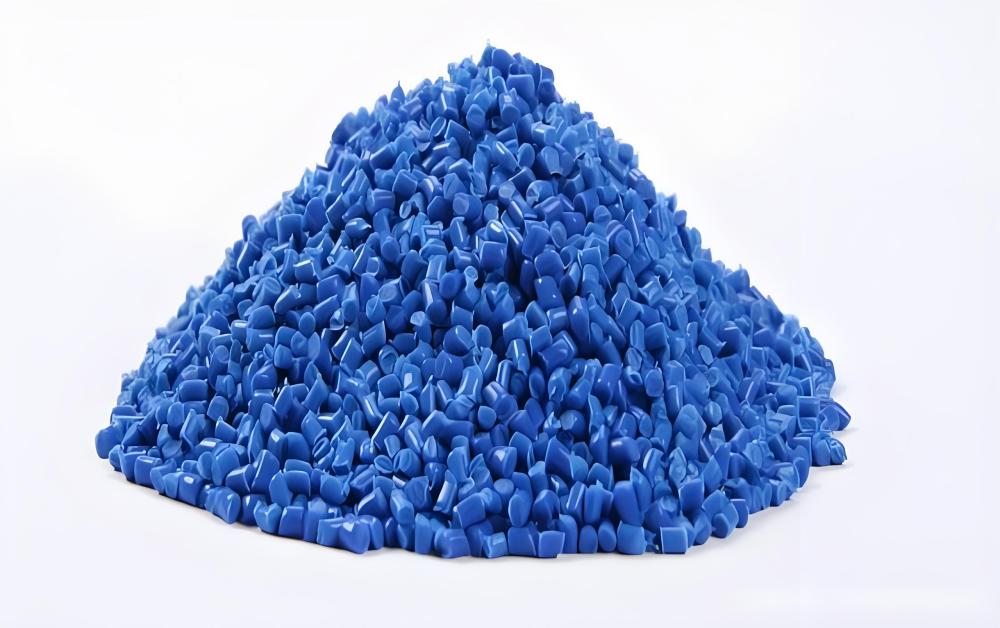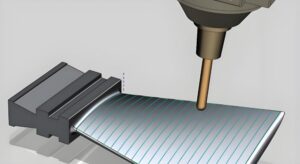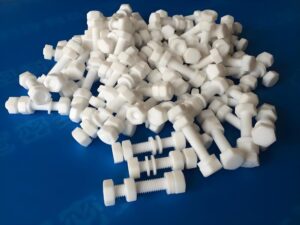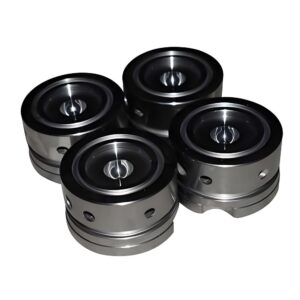Modern industries rely on advanced materials to push boundaries in performance and design. Among these, Fluorinated Ethylene Propylene (FEP) stands out as a versatile polymer with exceptional resistance to chemicals, excellent thermal stability, and reliable electrical insulation. From aerospace wiring to medical tubing, FEP has carved out a reputation for reliability in demanding environments.
This article explores FEP in detail—what it is, the characteristics that make it unique, the different forms available, where it is applied, and both its strengths and weaknesses.
What is Fluorinated Ethylene Propylene (FEP)?
Fluorinated Ethylene Propylene, often shortened to FEP, is a fluoropolymer created from tetrafluoroethylene and hexafluoropropylene. It belongs to the same family as PTFE (polytetrafluoroethylene, known as Teflon), but with one key distinction—FEP can be melt-processed.
This means that, unlike PTFE, which is difficult to shape, FEP can be extruded, molded, and welded into precise designs. It combines the low friction and chemical resistance of PTFE with easier manufacturability, making it especially valuable for industries that require high-performance plastics in custom shapes and thin-walled forms.
Properties of FEP
To better understand the performance of FEP, its mechanical and physical properties need to be considered.
Mechanical Properties
While FEP does not reach the same strength levels as engineering plastics like PEEK or nylon, it offers a solid balance of toughness and flexibility.
- Tensile Strength: Capable of handling stress without breaking, suitable for tubing and thin components.
- Flexibility: Retains pliability even at low temperatures, reducing brittleness.
- Low Friction: Its naturally slick surface prevents sticking and reduces wear.
- Impact Resistance: Provides good durability against sudden forces, though not as strong as PTFE.
These qualities make FEP a dependable choice for moving parts, liners, and insulation that must withstand continuous use.
Physical Properties
The physical traits of FEP set it apart from standard polymers:
- Thermal Resistance: Operates effectively up to around 200°C (392°F), performing well in heat-intensive environments.
- Chemical Resistance: Nearly inert, FEP resists acids, solvents, and bases without degrading.
- Transparency: Unlike PTFE, it can be made clear, which is beneficial for medical tubing and flow monitoring.
- Electrical Insulation: Offers excellent dielectric properties, making it ideal for wire and cable jacketing.
What are Types of FEP?
Depending on the intended use, FEP is produced in several formats:
- FEP Films – Thin and flexible, applied as protective covers or barrier layers.
- FEP Tubing – Popular in chemical labs and medical equipment, allowing safe transfer of reactive substances.
- FEP Sheets and Rods – Machined into gaskets, seals, and insulation components.
- FEP Coatings – Applied to cookware, industrial molds, or glass for nonstick and chemical protection.
This range of forms makes FEP adaptable to industries requiring custom performance solutions.
Applications of Fluorinated Ethylene Propylene Material
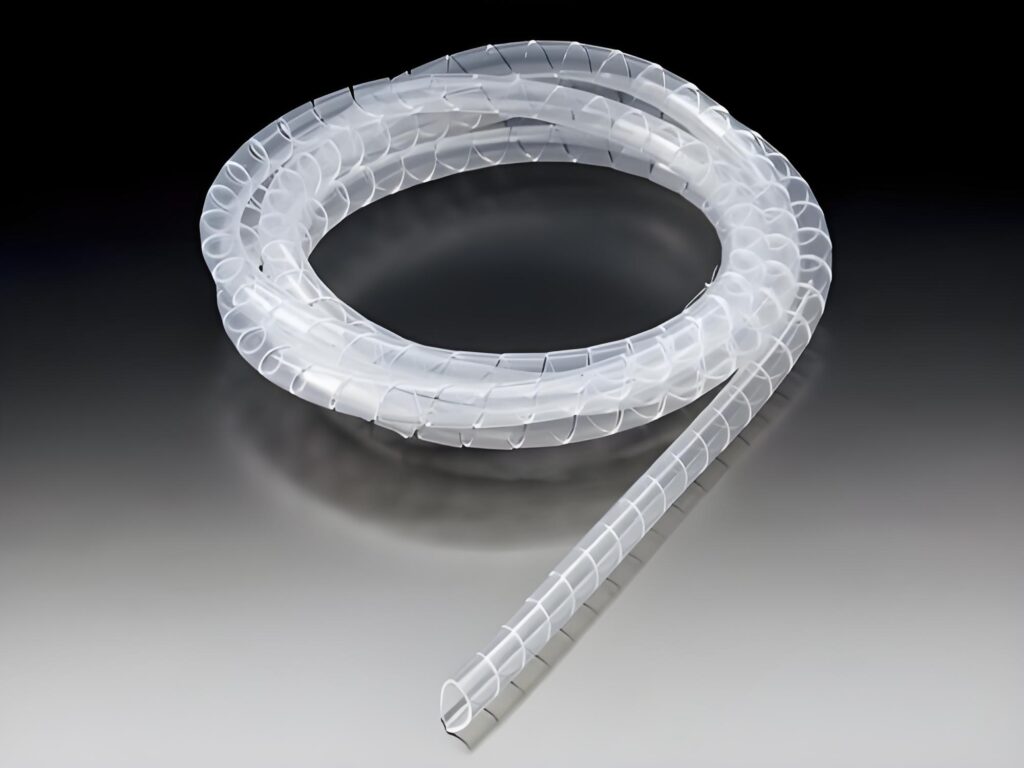
FEP’s versatility has secured its use across many sectors:
- Electrical and Electronics: Used in wire insulation, coaxial cables, and aerospace wiring where reliability and dielectric strength are critical.
- Chemical Processing: Ideal for tubes, linings, and valves exposed to harsh acids and solvents.
- Medical Technology: Transparent tubing, catheters, and containers where biocompatibility is essential.
- Aerospace and Automotive: Protective films and insulated components that can endure fluctuating temperatures and vibration.
- Food and Beverage: Nonstick coatings for machinery, compliant with food safety regulations.
Thanks to its resilience, FEP continues to replace traditional plastics in high-risk environments where failure is not an option.
Advantages and Disadvantages of FEP
Like any material, FEP comes with benefits and trade-offs.
Advantages
- Exceptional chemical resistance against most corrosive agents
- Excellent electrical insulation properties
- Nonstick, low-friction surface ideal for coatings and tubing
- Transparent forms available
- Good flexibility and thermal stability
- Can be melt-processed into complex designs
Disadvantages
- Lower mechanical strength compared to PTFE or engineering plastics
- More expensive than common polymers like PVC or polyethylene
- Limited to continuous use below 200°C
- Availability can be restricted in some markets
For most applications, the advantages outweigh the drawbacks, especially when durability, safety, and performance are the priority.
Precionn – Expert Solutions for FEP Machining
For businesses that depend on FEP-based components, precision machining makes the difference between a good product and an outstanding one. This is where Precionn comes in.
As a specialist in high-precision machining, Precionn works with fluoropolymers such as FEP, PTFE, and PFA, delivering components that meet exact specifications. Whether producing small batches for prototypes or large-scale runs for global supply chains, the company emphasizes consistency, quality, and cost efficiency.
International clients in aerospace, medical technology, and industrial manufacturing turn to Precionn for expertise in machining advanced polymers. By combining cutting-edge equipment with a commitment to customer satisfaction, Precionn helps industries unlock the full potential of FEP and other high-performance materials.

